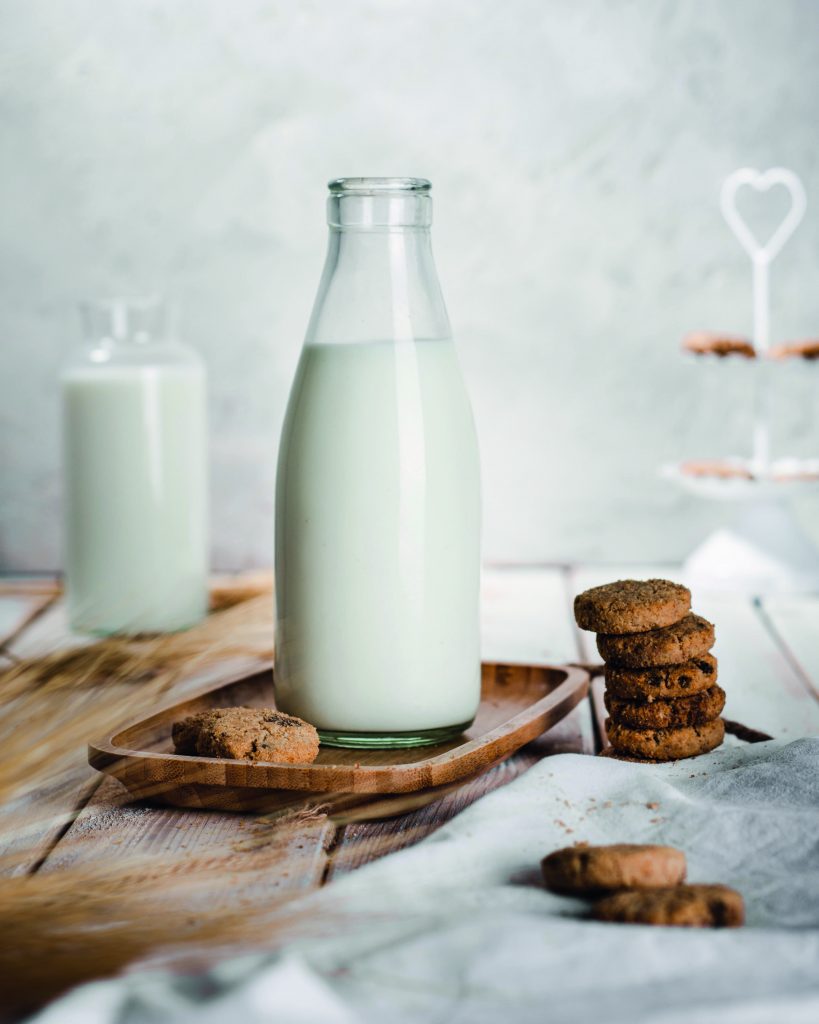We explain how to make kefir and give you some insight into the probiotic super-drink myriad of health benefits it has!
What in the world is Kefir?
Pronounced “kuh-feer”, Kefir is a fermented milk drink that is known to have a myriad of nutritional benefits, and over the years it has taken the commercial health trend market by storm. What many people don’t know is how kefir came to be, and that it has a history dating back over 2000 years.
A perfect climate to grow
People of Caucasus (a region spanning through part of eastern europe through to western asia) needed to find a way to preserve the milk from their goats and cows. They stored their fresh milk in animal skins, and over time, as older milk was replaced with new milk, small colonies of yeast and bacteria would grow in these pouches. Eventually the particles were strong enough to ferment the stored milk into kefir over a period of 24 hours. This kefir turned out to be safe to consume and lasted much longer than fresh milk ever did. From there, kefir became a staple drink and spread throughout the region, eventually the world.
Fermentation to perfection
Without kefir grains, kefir cannot be made. Many commercial companies now use powdered cultures to replicate this process, but the real kefir grains that are available today are directly from the original grains created so many years ago.
The process of milk turning into Kefir is simple and fast, all you need is some fresh milk and active kefir grains. As it stands overnight, the yeast cultures within the kefir grain feed on the sugar found in the milk, fermenting it and turning it into kefir. The lactic acid in the grains also turns the lactose in the milk into lactic acid, thickening it and creating a sour buttermilk or yoghurt-like taste. To consume, the kefir grains are simply strained out and added to fresh milk to repeat the process again, and the kefir is ready to be consumed.
Good for you
Kefir is higher in probiotics than milk. Probiotics help restore and maintain the balance of your gut bacteria. When taking antibiotics for illnesses, it is common to have an irritated bowel, supplementing these with a glass of kefir (probiotics) will help balance out the bacteria in your body. Probiotics are also linked to possibly lowering cholesterol and blood pressure. Kefir has also been linked to possibly lowering the risk of osteoporosis. With all of these in mind, it is still important to consult your medical practitioner if you are having any sort of health issues as drinking kefir cannot fix these problems alone.
Food intolerances
Kefir is gluten free and can be consumed by people with coeliac disease (those who aren’t able to digest gluten). Since it is usually made using dairy milk, people who are lactose intolerant should be wary of milk kefir. The fermentation process does convert some of the lactose in the milk into lactic acid, but this does not make the drink entirely lactose free. People with lactose intolerances have been able to digest kefir more easily than something like milk. What is exciting is that multiple different kefir varieties have been developed, and so you can now buy kefir made from dairy-free milk, juice and even water.
Making milk kefir is super easy
The most important step is acquiring kefir grains which are easily available online (Takealot or Faithful to Nature) or at a few stores like Dis-Chem. The beauty of kefir grains is once you have them and nurture them, they will continue to multiply and produce kefir for you, creating an endless supply for your family, friends and even to sell.
How to make milk kefir
INGREDIENTS and TOOLS
Milk 1 L
Kefir grains 2 tbsp
Large glass jar and lid or cheesecloth and elastic band
Strainer
METHOD
- Make sure your glass jar and lid are washed well and dried thoroughly.
- Add your milk to the glass jar along with the kefir grains, give it a mix and close with the lid or cloth.
- Leave on your kitchen counter overnight to ferment – this time can be between 12 and 24 hours, depending on your taste preference. The more time it ferments, the thicker and tangier it becomes.
- Once you’re happy, strain it through a fine sieve into another jar, this removes your previous kefir grains. Place your delicious kefir in the fridge to use when you please, and add your grains to a new batch of milk to start the process again.
Keep in mind
- Kefir grains can be reused indefinitely, but keep a close eye on them to make sure they stay fresh. Some grains can turn an off colour which means they have become infected. It is best to throw these away and start again.
- If you come to your glass jar and see that the milk has separated, it means the grains have eaten all they can from the milk. Simply strain this and use it, but ferment for a shorter period of time when you try again to find a sweet spot that creates the best tasting kefir.
- If you like the kefir, continue to use your grains as you go through your stock, or pass some on to a friend if they’re interested in making some for themselves.
- If you’ve made all the kefir you could possibly consume, place your grains in a larger amount of milk than normal and store in the fridge for up to a month.
Kefir can be enjoyed in many different ways:
- Sip on it in a glass
- Enjoy it with your muesli
- Drizzle over a salad
- Blend it up in a smoothie
- Add it to your dogs food (it helps promote healthy gut bacteria and bone density in dogs too)
- Use it in baking as a substitute for buttermilk
Follow us @foodandhomesa #cookingwithFH on Instagram!
ALSO SEE: Food & Home Conversion Chart
ALSO SEE: Beluga Relaunches in Iconic V&A Waterfront cruise terminal


